BHG - Grasping the market demand, Ms. Tran Thi Chao, Pac Mia village, Yen Phu town (Bac Me) has developed a model of raising Don and Moc civets. This is a new model with a large market demand, promising to bring high economic efficiency.
In early 2024, through media channels, Ms. Chao learned that the Don and Moc civet farming model brought high income to people in many localities across the country and she also realized that the locality had suitable climate and soil, so she was determined to learn to develop this new model. Realizing that some regulations on wildlife farming could affect the development of the model, before implementing the model, she studied the regulations and was granted a Certificate of code for the facility raising endangered, precious, and rare wild animals in group IIB, endangered wild animals in appendices II, III CITES. After being granted the Certificate, she went to Thai Nguyen province to directly learn about farming experience, and at the same time bought 12 Don breeds; 12 Moc civets (9 females, 3 males) with a total value of over 135 million VND.
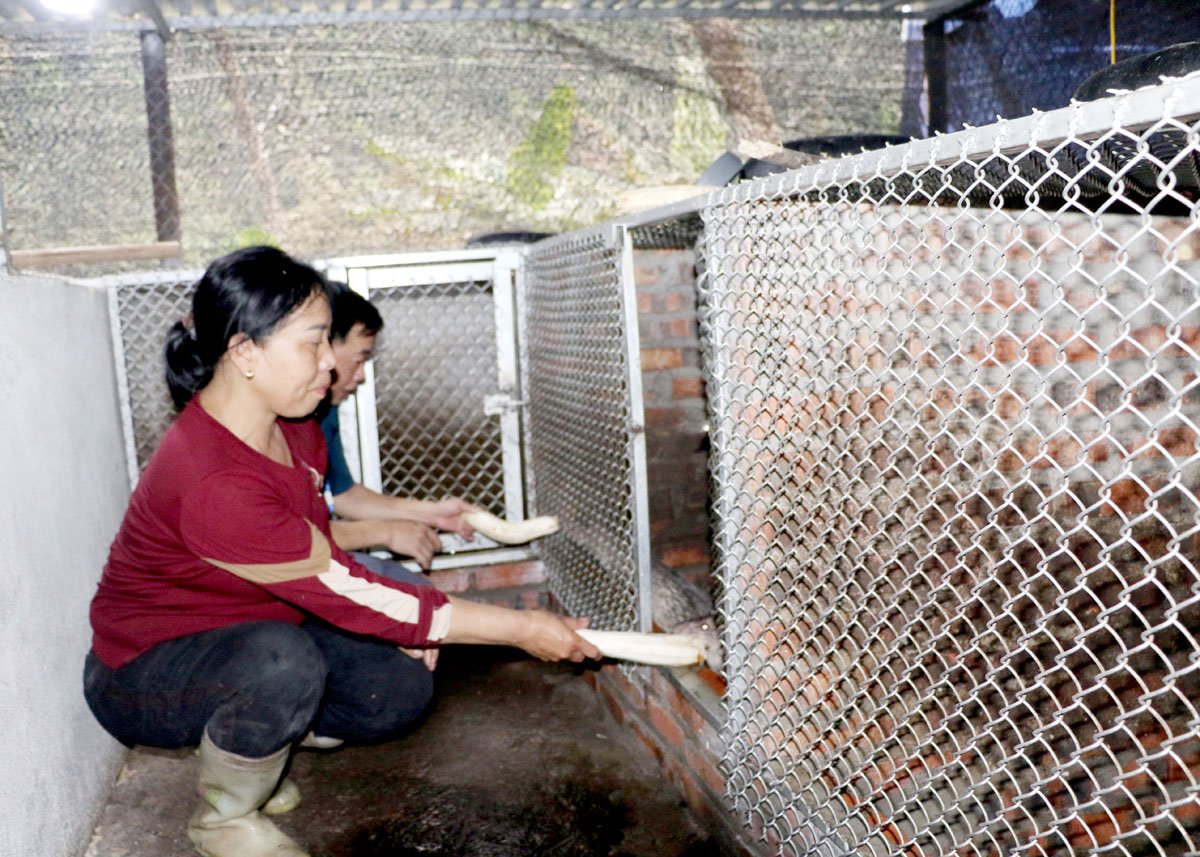 |
| Ms. Tran Thi Chao takes care of her family's Don herd. |
Sharing about the cage system, Ms. Chao said: The cages for Moc civets are designed into square cells about 1 - 2 m2 wide, woven with iron mesh; each cage has 1 pair; Moc civets usually sleep during the day, like cleanliness, so the cages must be cleaned daily, avoiding humidity; the main food is ripe bananas and rice. For the cages for Don, she divides them into cells to raise 1 male and 3 females in each cell, because Don is a rodent, likes diffused light, the cages are half bright, half dark, do not need direct light, avoid rain, drafts, hot sun, ensure dry, clean, cool; Don's food is rich and diverse, including vegetables, tubers, fruits, roots, and sprouts.
The Moc civet has high economic value because it has fragrant, delicious meat, is easy to raise, and adapts well to many living environments; the reproductive life cycle of the Moc civet is quite fast, helping farmers to rotate capital. Moreover, the Moc civet is rarely sick, mainly digestive diseases, so the food source needs to be hygienic and fully vaccinated; the Moc civet does not have infectious diseases, however, in animal husbandry, it is necessary to clean the barn, not feed poor food, which will cause diarrhea for the civet; a year, the Moc civet reproduces 2 litters, each litter gives birth to 1-2 civets. Don grows and develops on average 0.5 - 0.7 kg/civet/month, Don matures from 7 - 8 months and reaches a weight of 3 - 4 kg/civet before starting to reproduce, a year Don reproduces 2 litters, each litter gives birth to 2-4 civets. Having a good grasp of the raising and care processes, Ms. Chao's family's Don and Moc civets are growing and developing very well.
Ms. Tran Thi Chao's model of raising Don and Moc civets is quite new in the locality; the market for Don and Moc civets is very large. This promises to bring high economic efficiency and can be replicated locally.
Article and photos: HOANG TUYEN
Source: https://baohagiang.vn/kinh-te/202503/trien-vong-mo-hinh-nuoi-don-va-cay-moc-o-yen-phu-e2d3e98/




![[Photo] Third meeting of the Organizing Subcommittee serving the 14th National Party Congress](https://vstatic.vietnam.vn/vietnam/resource/IMAGE/2025/4/2/3f342a185e714df58aad8c0fc08e4af2)
![[Photo] Relatives of victims of the earthquake in Myanmar were moved and grateful to the rescue team of the Vietnamese Ministry of National Defense.](https://vstatic.vietnam.vn/vietnam/resource/IMAGE/2025/4/2/aa6a37e9b59543dfb0ddc7f44162a7a7)




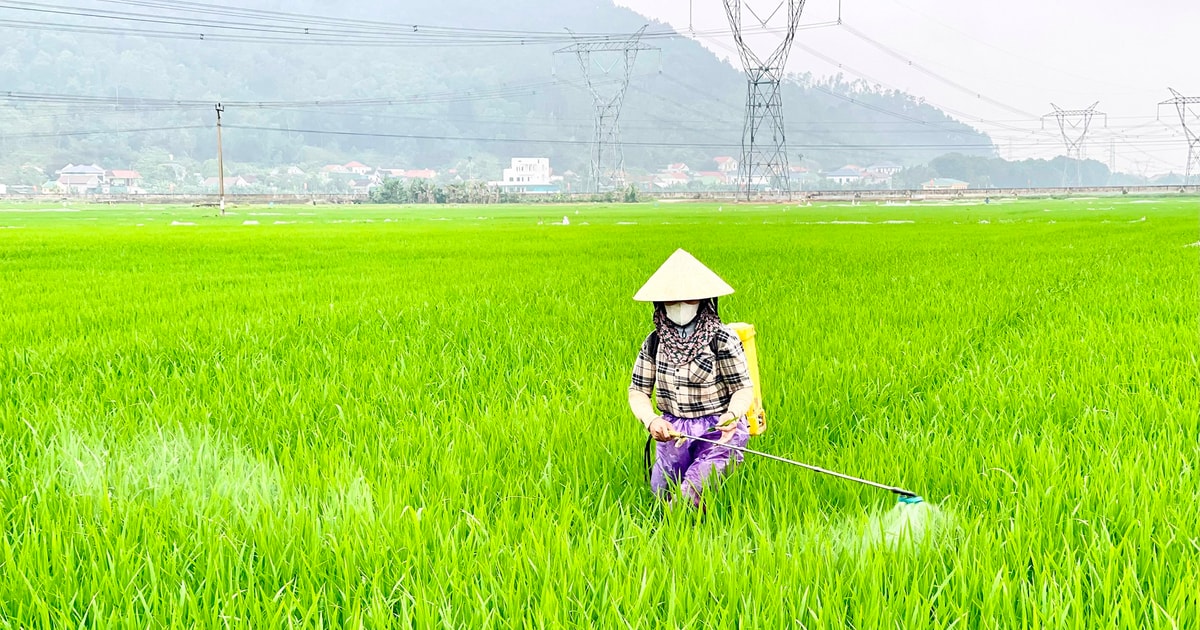


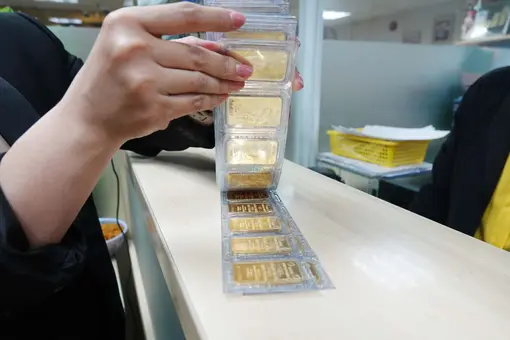



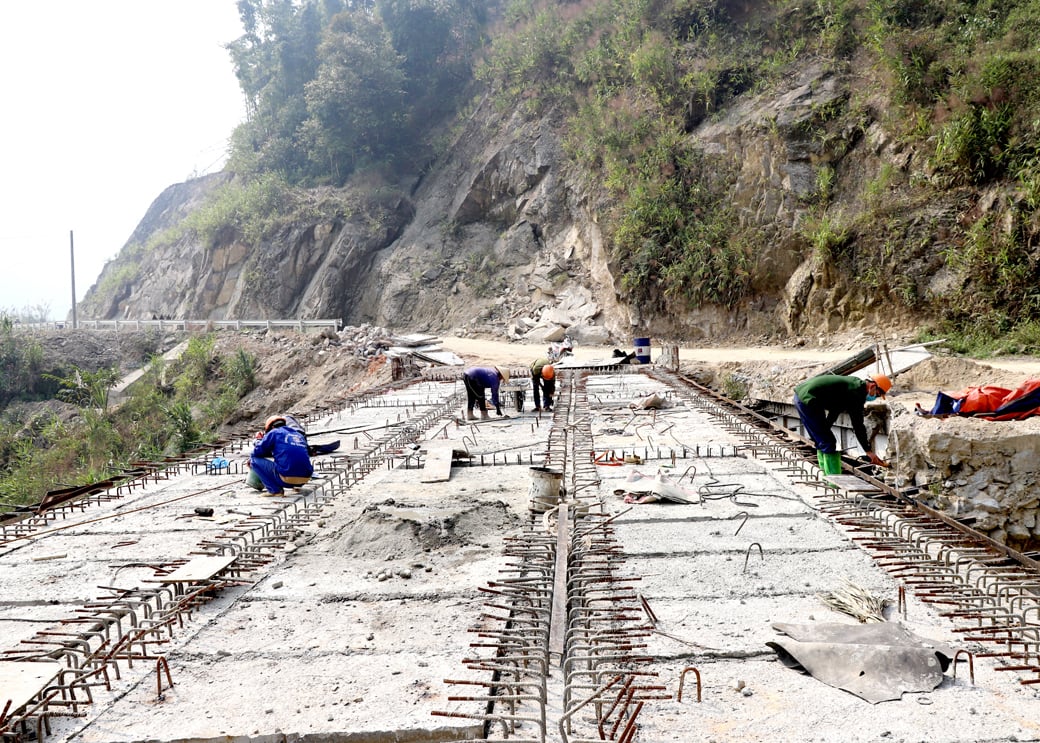
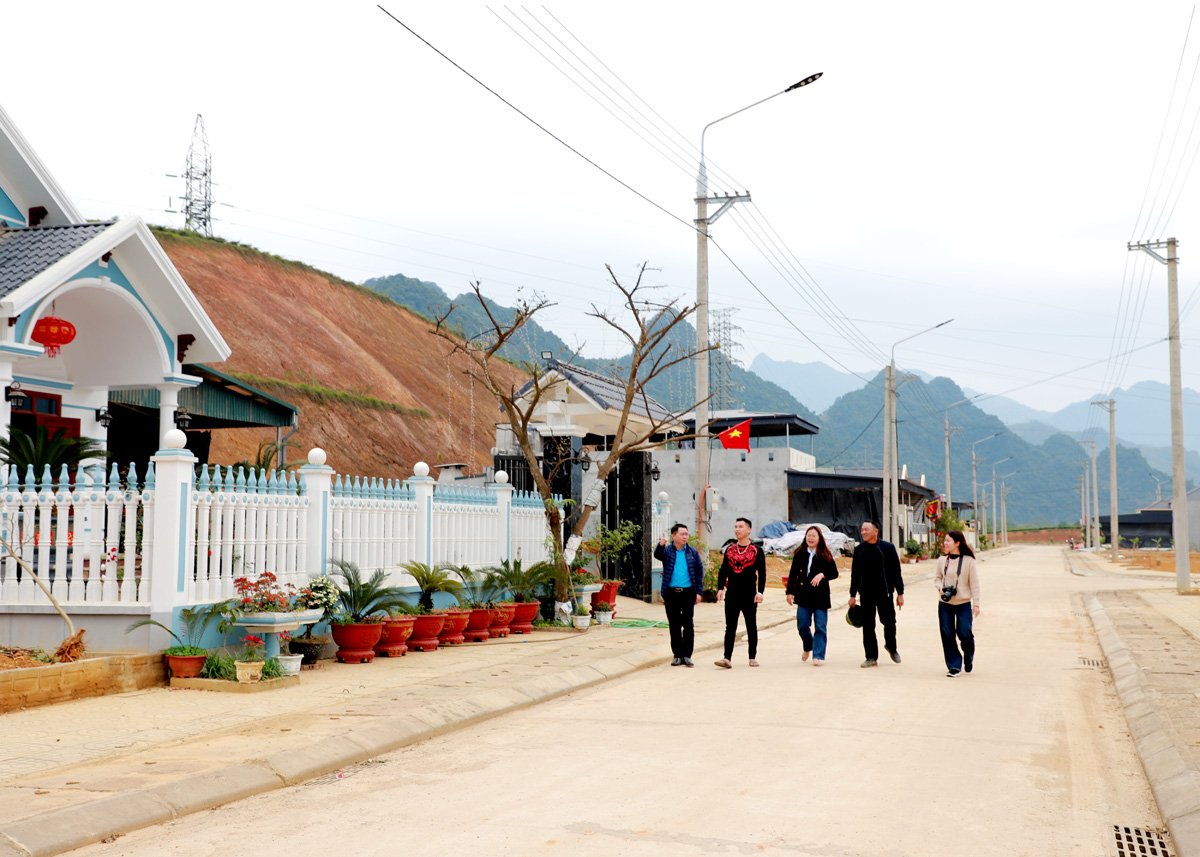
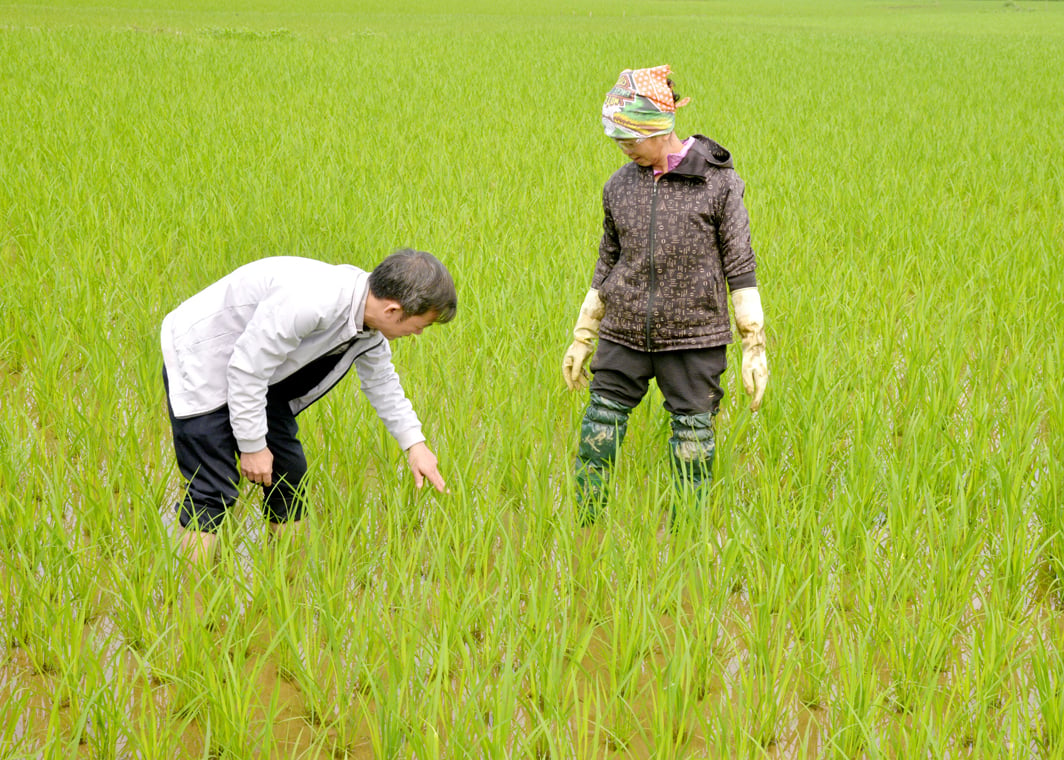
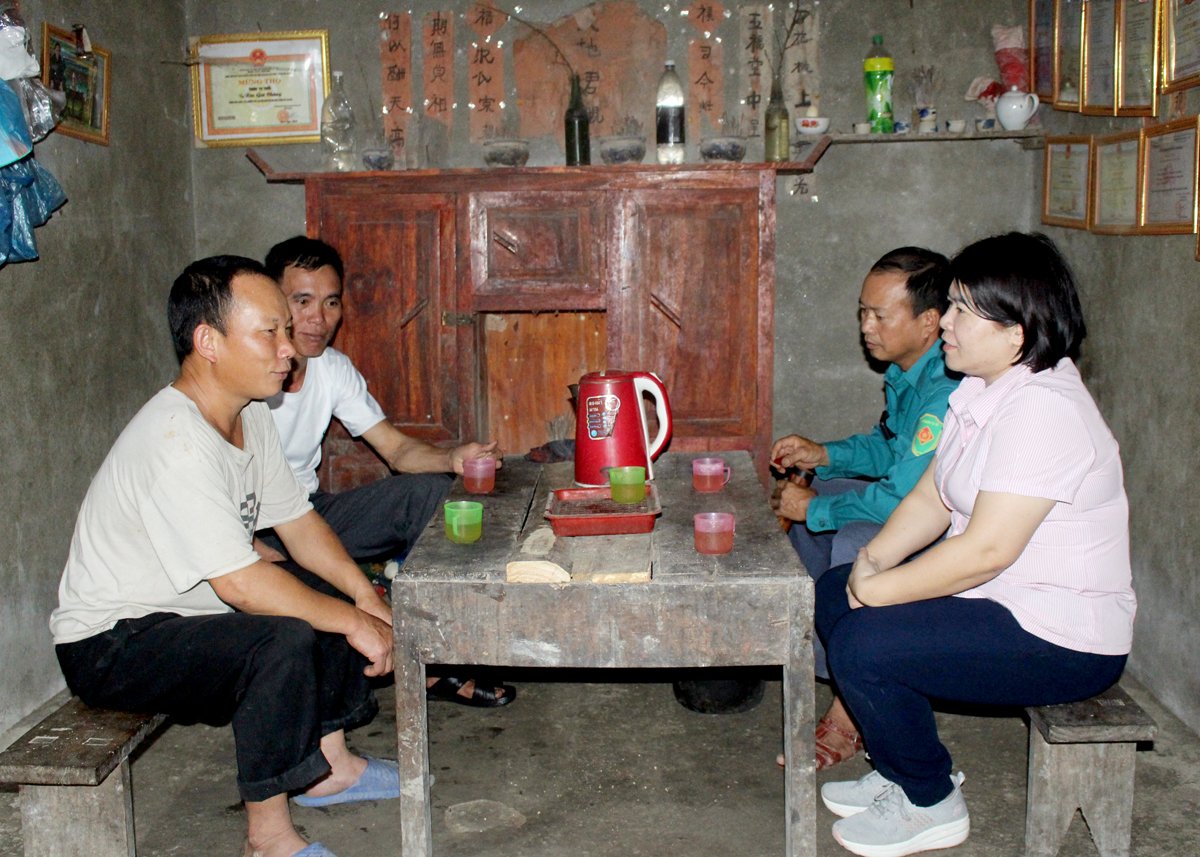

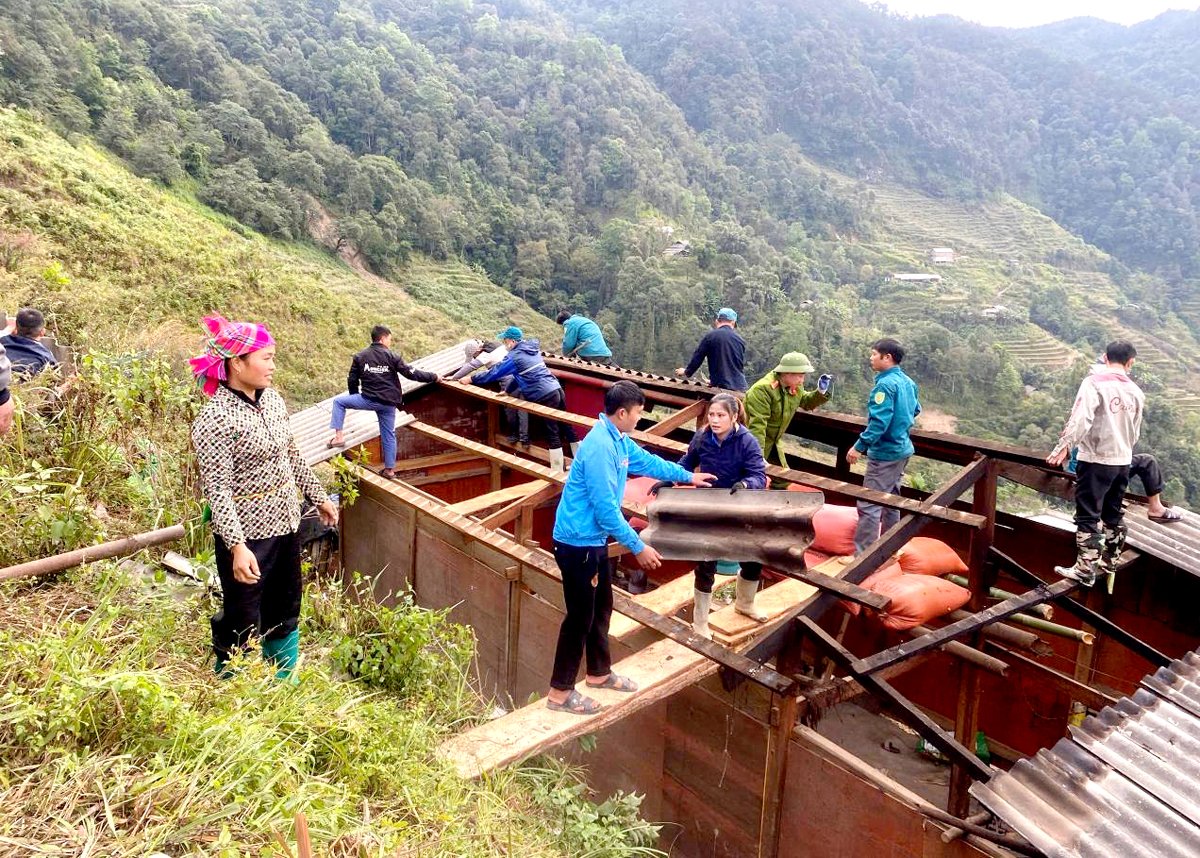
![[Photo] Close-up of Vietnam's sniffer dog team searching for earthquake victims in Myanmar](https://vstatic.vietnam.vn/vietnam/resource/IMAGE/2025/4/1/d4949a0510ba40af93a15359b5450df2)














































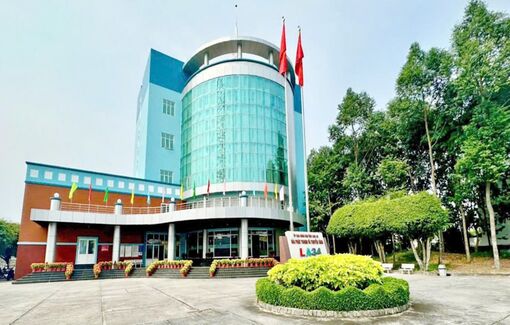



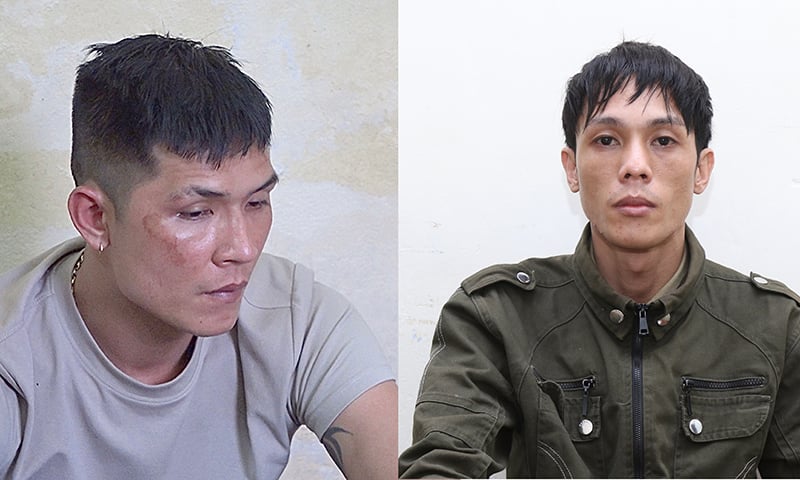















Comment (0)